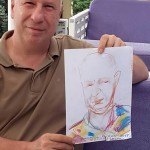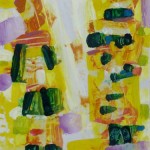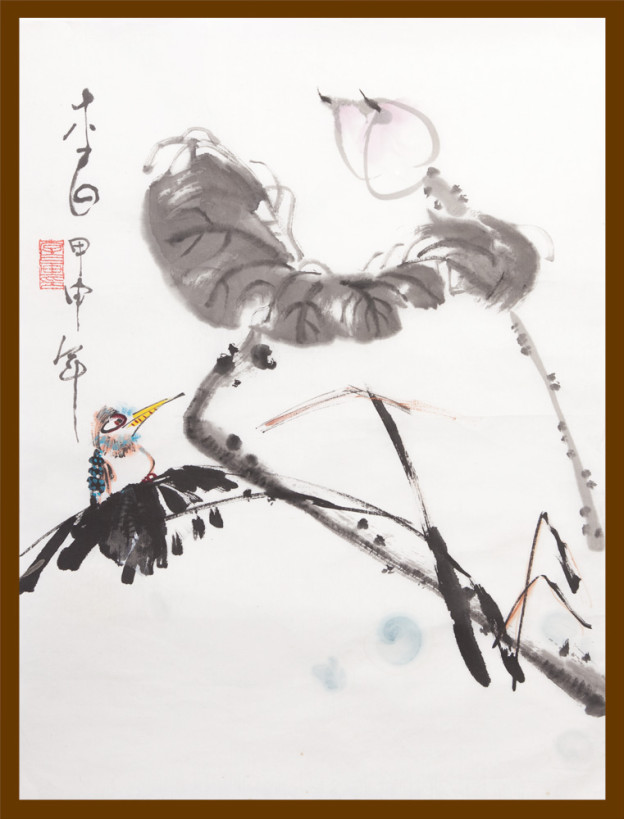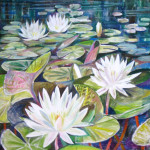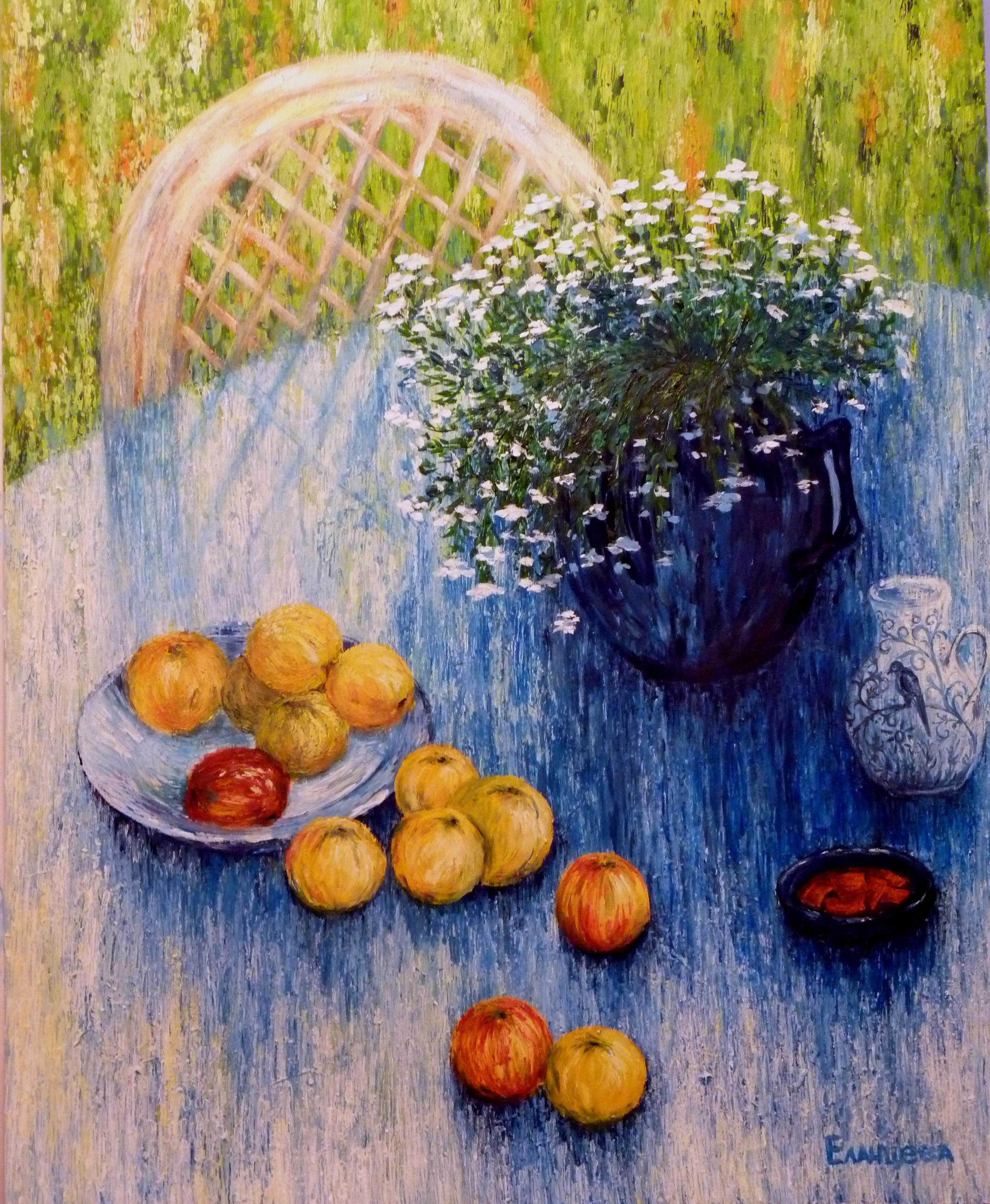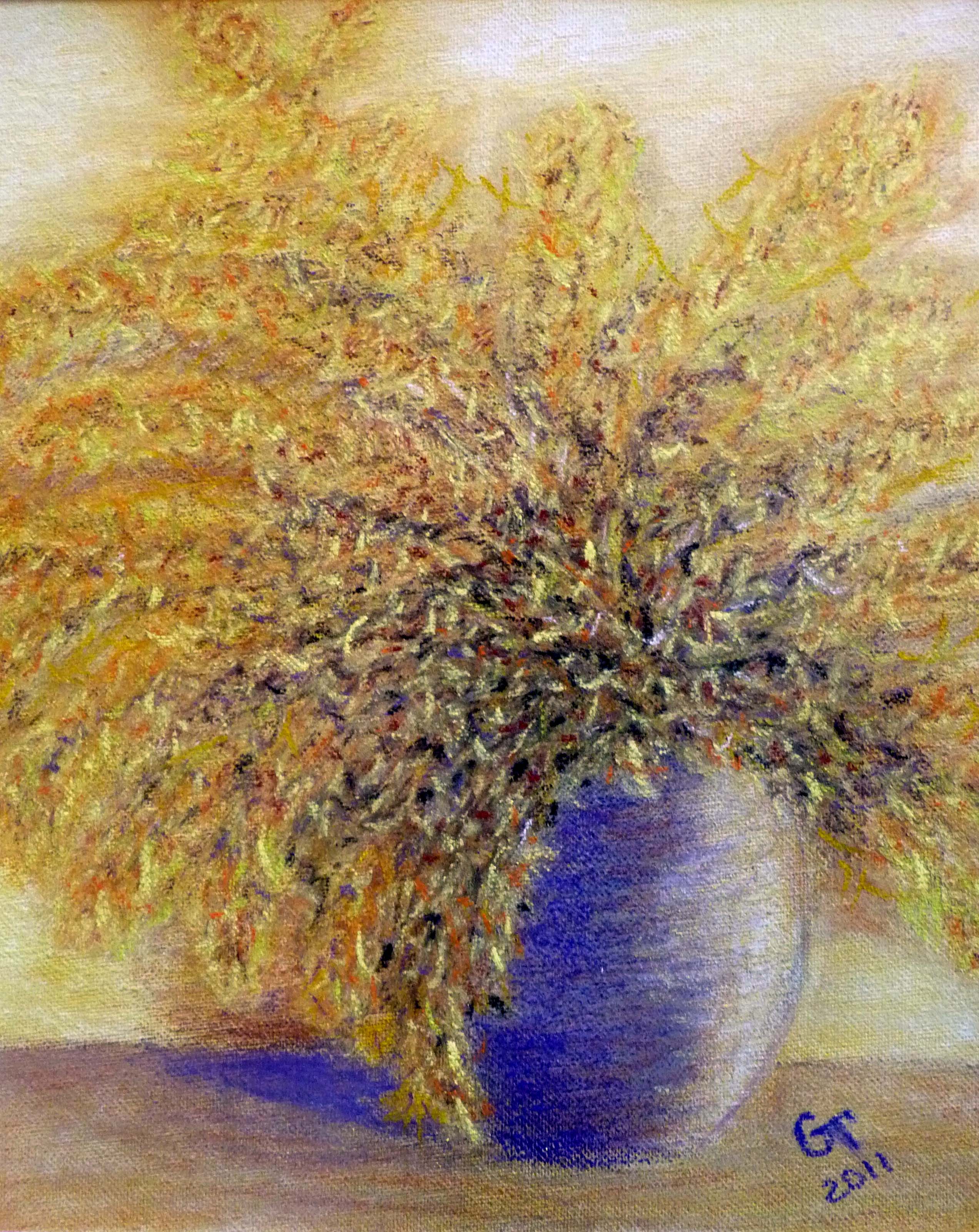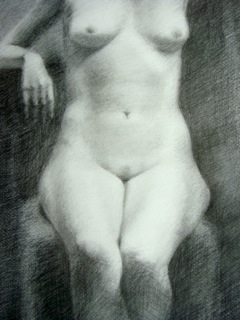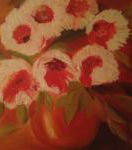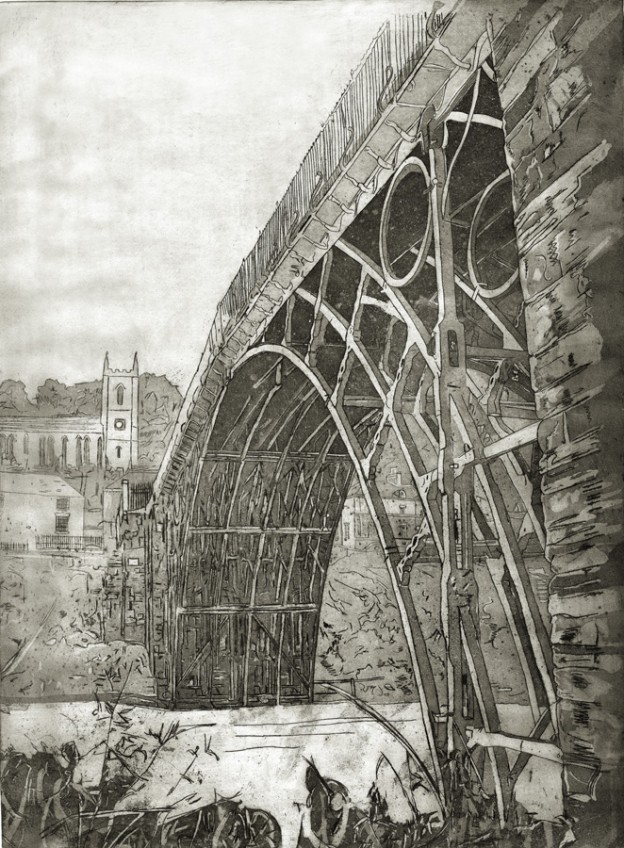Ahmet Ozel
Ahmet was born, Çanakkale-TURKEY
1976 Graduated Kabatas High School and began to study in Fine Arts Academy (Painting Department) of Istanbul.
1982 Finished Fine Arts Academy of Istanbul. 1987 Studied and researched in Italy (Rome and Florance) one year by Italian Goverment Scholarship.
1995 Ph degree in Marmara University of Painting Department. The works of the artist which were exhibited in domestic and international exhibitions, took also place in several special collections. The artist still keeps on working in his studio in Istanbul..
Three abstract painting movements emerged in the 20th century’s art of painting. Abstract painting was first introduced and then was called “pure-naive” art by leading Russian artists in 1910. Thus, painting had its own language for the first time. While practical experiences in abstract art were generalized in the theses of Wasilly Kandinsky and Kasimir Malevich, titled “Spiritualism in Art” (1912) and “From Cubism and Futurism to Suprematism” (1915), respectively, as well as in their later theoretical works, a program that was valid not only for the 20th century, but also for the 21st century was created. In mid-20th century, the famous New York school, which was pioneered by Jackson Pollock, Mark Rothko and Robert Raushenberg, initiated the “new abstract” movement around the world with new perspectives and new points of view in abstract art. In the 1990s, abstract painting became the focus of interest again and, right at that point, we started to see Ahmet Özel with his own style in abstract painting. Özel has a the bright academic background. After having graduated from both KabataÅŸ High School for Boys and Fine Arts Academy in Istanbul, he strengthened his skills on art by scrutinizing the paintings of the masters of the Renaissance in Italy (Roma, Florence). In the 1990s, he was inspired by Russian painters. Of course, the painters he met were not limited to abstract painters. Ruslan Tsrim, the “epic painter” and “master of colors” who affected people deeply and worked in Nalchik, was among the artists who influenced Ahmet Özel. According to Ahmet Özel, abstract painting is to make a general judgment of the object and compose the object on the espace of canvas smartly. He believes that the concept of espace in painting is not something artists are born with, but is phenomenon occurred and structured by the artist’s creativeness. This approach of Özel leads us to Heidegger’s theory of “espace in space” and leaves behind the outdated understanding of linear, isotropic and three-dimensional space. The filling of forms with colors special for the artist and the distribution of “form-color” in unique spaces created gives rise to Özel’s painting, and then it lies with viewers, who will watch the painting as if they created the painting together with the artist, to understand and interpret the painting. Because, Özel’s paintings are unhidden paintings and are so uniquely created that they attract the viewer to themselves and invite the viewer to be interested in them in an understanding of color-shape construction. Özel transfers Niels Bohr’s concept of “complementarity” from natural sciences to art’s supernatural sciences. Fortunately, today’s viewers have an educational background toward the 20th century’s art movements and to “read” what is written under abstract paintings. The code of Özel’s abstract paintings seems to be recognizable by the viewer from the very beginning. One can easily get enchanted by the uniqueness of Özel’s language of form-color. Unhidden pure colors which the artist openheartedly admits he uses in his paintings always give the viewer a deep feeling of joy. Just like someone chasing after “beauty” and picking the most beautiful pebbles in terms of shape and color while walking on a Mediterranean beach, the viewer perceives and feels his own “beauty”, which he has been looking for, on Özel’s paintings. The art of this abstract painter reveals itself with the painter’s choice of form-color, with a very fine construction on a characteristic corner of the painting and with the painter’s mastership. The masterly use of these two aspects provides the viewer with a different feeling of joy just like what we experience with Özel’s paintings. While shifting from one painting to the other, the viewer acts as if he collaborated with the painter in painting his work from the very beginning in the world of “naive-clear beauty”. And beyond this world is a space, unknown and invisible; however, here we witness a sound and undisputed combination of skilfulness and mastership of an artist, Ahmet Özel, who is very good at painting.
SLAVA LEN Art Critic May 2001 – Moscow


